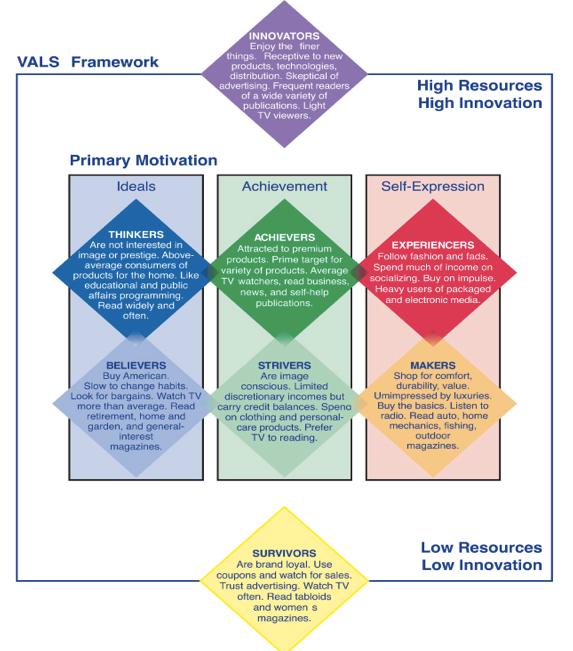Personality, Self-concepts, and Lifestyles

Understanding Consumer Behavior
The lifestyle and self-perception of individuals have a lot to play on the things they buy, the things they watch, and the things they choose in everyday life. In this post, we will go over this topic and discuss how and what affects the minds of consumers and their purchases.
Things such as personality, interests, and influences all have an effect on the preferences of consumers. These things will determine whether they get the blue tie or the red tie, the chicken sandwich or bean burrito, to watch The Bee Movie or The Lorax.
The Link Between Preference and Purchase
A good deal of our lives is spent online, consuming mass media and feeding into our interests and entertainment. We grow attachments to our daily online lives, like reading stories, staying current with subscriptions, watching our favorite users, etc. All these things influence us and help us find more of what we want as consumers. We grow attachments to brands and content creators, connecting ourselves with things we desire and believe aligns with our beliefs, project ourselves to create our self-identity.
In psychology, they often use the Big Five Personality Traits to determine and understand how consumers choose what they choose. These traits are as follows:
- Openness
- Conscientiousness
- Extraversion
- Agreeableness
- Neuroticism
Marketers can find this information through the internet, where they research and analyze the information to better develop and personalize content / advertising for the audiences.
My Thoughts and Reflection
I enjoyed looking into the VALS and PRIZM assessments, the VALS Lifestyles categorizes users into psychographic segments, as PRIZM does a segmentation of people for demographics, geographics, and behavior.

By using the data from these assessments, it can help marketers and content creators to customize their advertisements to their audience, create better shopping experiences, raise marketing efforts, campaign goals, predicting future markets, and lots more.
In conclusion, by understanding the thoughts behind user purchases, we can use that information in our marketing decisions and make knowledgeable steps when moving forward in our business goals.
